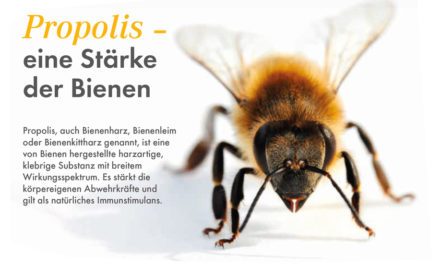Ustilago species causing leaf-stripe smut revisited
Julia Kruse1,2, Wolfgang Dietrich3, Horst Zimmermann4, Friedemann Klenke5, Udo Richter6, Heidrun Richter6, and Marco Thines1,2,4
1Goethe University Frankfurt am Main, Faculty of Biosciences, Institute of Ecology, Evolution and Diversity, Max-von-Laue-Str. 9, D-60438
Frankfurt am Main, Germany; corresponding authors e-mail: thines@smut-fungi.net, julia.kruse@senckenberg.de
2Biodiversity and Climate Research Centre (BiK-F), Senckenberg Gesellschaft für Naturforschung, Senckenberganlage 25, D-60325 Frankfurt am Main, Germany
3Barbara-Uthmann-Ring 68, 09456 Annaberg-Buchholz, Germany
4Cluster for Integrative Fungal Research (IPF), Georg-Voigt-Str. 14-16, D-60325 Frankfurt am Main, Germany
5Grillenburger Str. 8 c, 09627 Naundorf, Germany
6Traubenweg 8, 06632 Freyburg / Unstrut, Germany
Abstract
Leaf-stripe smuts on grasses are a highly polyphyletic group within Ustilaginomycotina, occurring in three genera, Tilletia, Urocystis, and Ustilago. Currently more than 12 Ustilago species inciting stripe smuts are recognised. The majority belong to the Ustilago striiformis-complex, with about 30 different taxa described from 165 different plant species. This study aims to assess whether host distinct-lineages can be observed amongst the Ustilago leaf-stripe smuts using nine different loci on a
representative set. Phylogenetic reconstructions supported the monophyly of the Ustilago striiformis-complex that causes leaf-stripe and the polyphyly of other leaf-stripe smuts within Ustilago. Furthermore, smut specimens from the same host genus generally clustered together in well-supported clades that often had available species names for these lineages. In addition to already-named lineages, three new lineages were observed, and described as new species on the basis of host specificity and molecular differences: namely Ustilago jagei sp. nov. on Agrostis stolonifera, U. kummeri sp. nov. on Bromus
inermis, and U. neocopinata sp. nov. on Dactylis glomerata.
Keywords
DNA-based taxonomy host specificity molecular species discrimination multigene phylogeny new taxa species complex Ustilaginaceae







